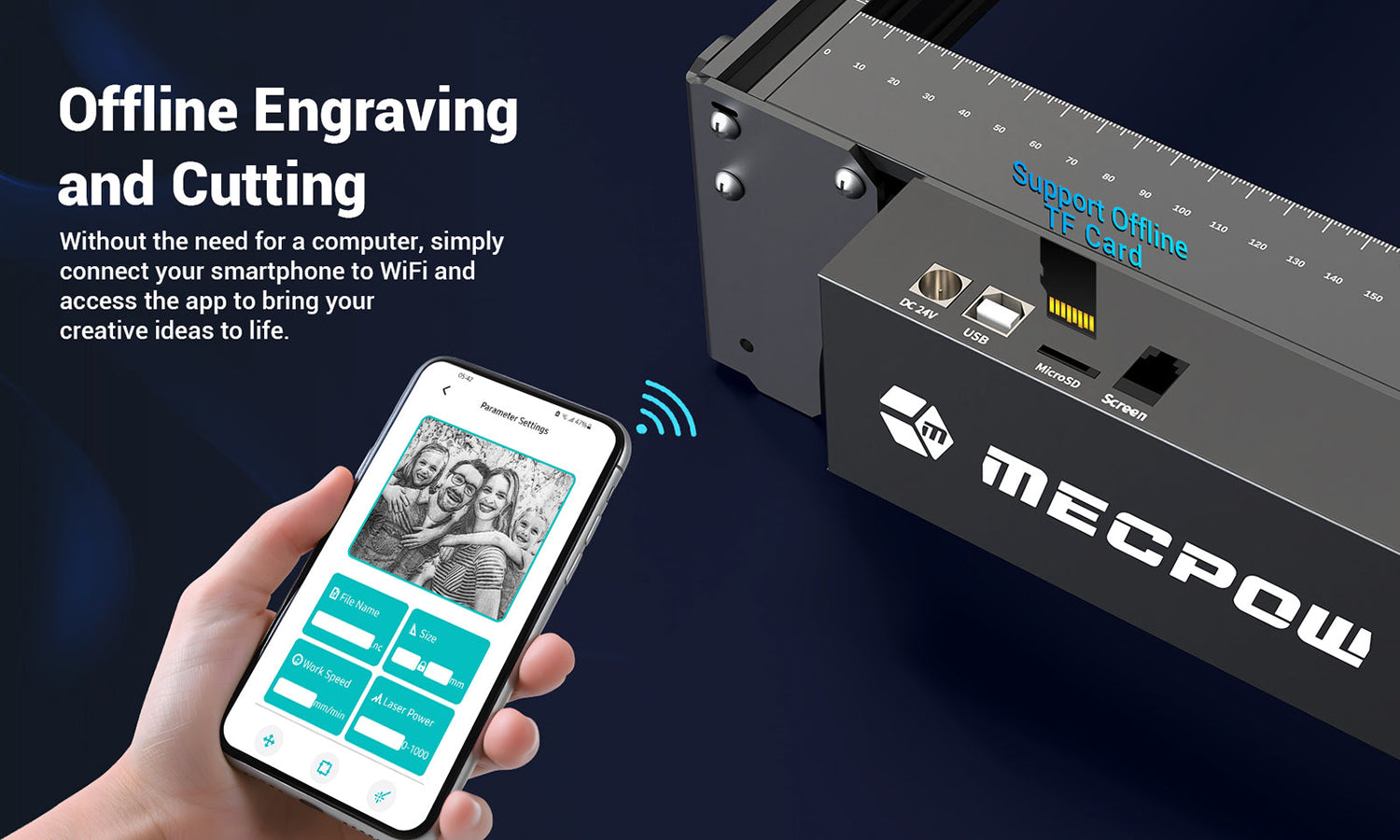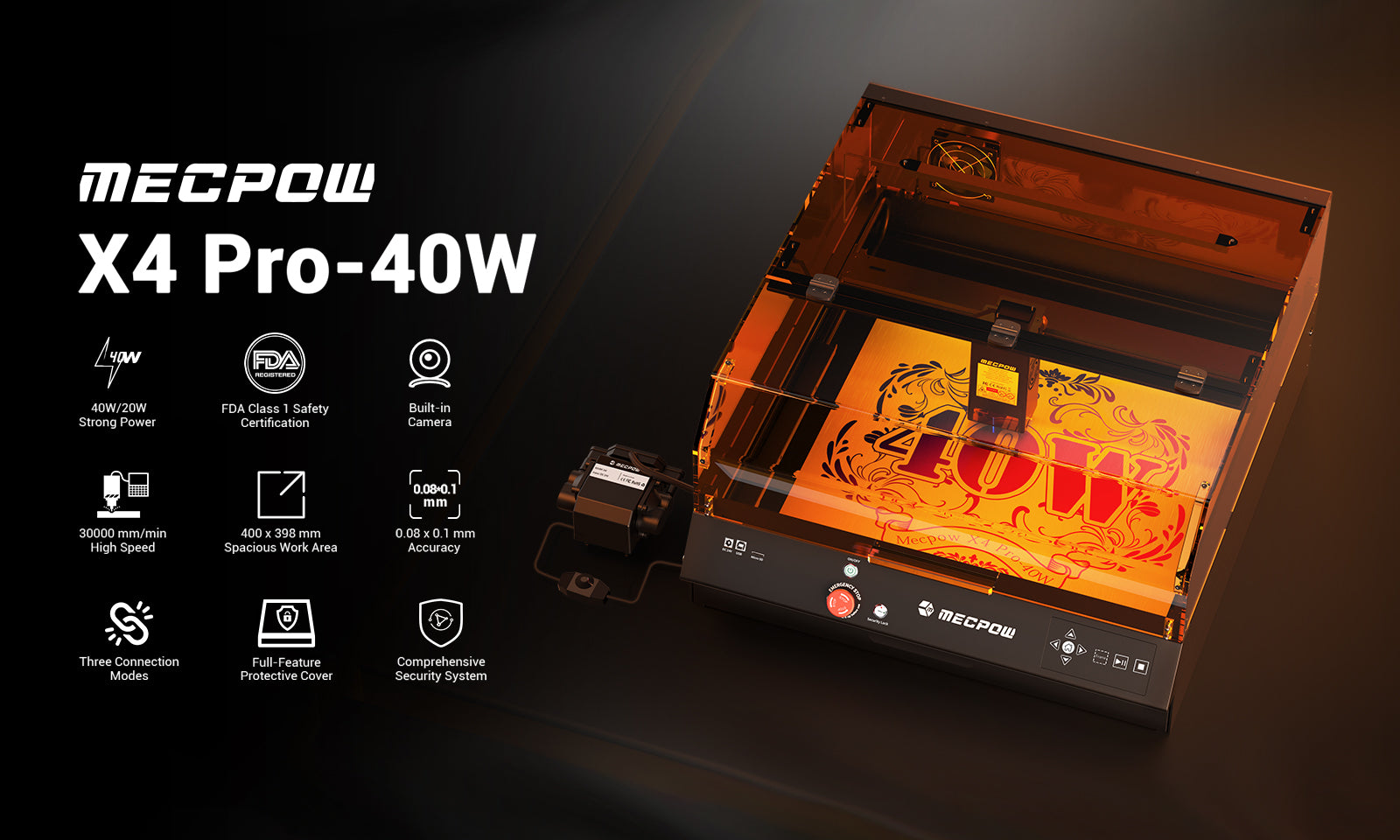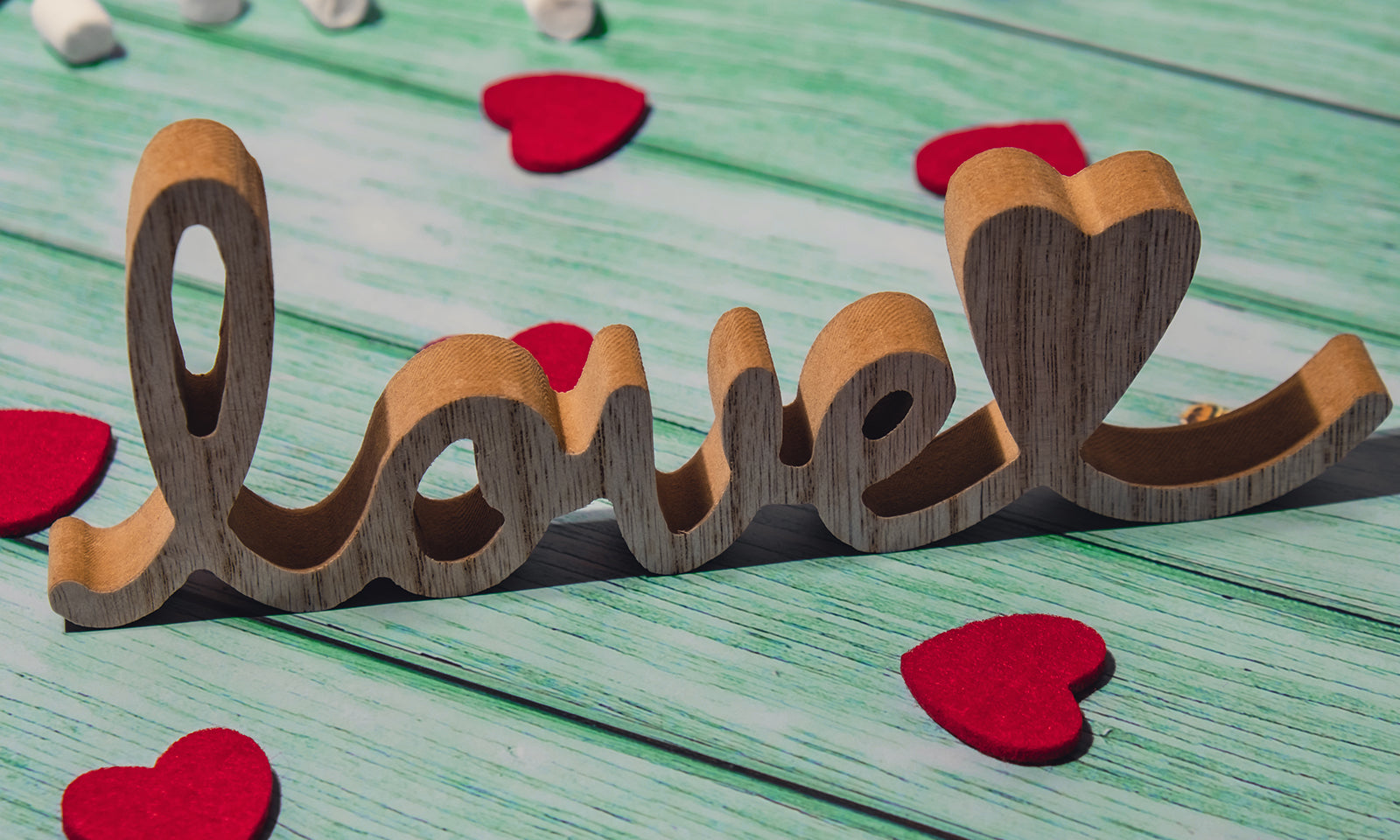I. Introduction
Laser engraving is a cutting-edge technology that uses a high-powered laser beam to etch designs, patterns, or text onto various materials. Unlike traditional engraving methods, which often involve chemical processes or excessive material waste, laser engraving offers a cleaner, more precise, and eco-friendly alternative.
As the world shifts toward sustainable living, the crafting and manufacturing industries are also embracing greener practices. Laser engraving plays a crucial role in this movement by minimizing waste, reducing energy consumption, and enabling the use of recycled materials. Whether you're a hobbyist, small business owner, or an eco-conscious maker, integrating a laser carver machine into your workflow can help you contribute to a more sustainable future.
In this guide, we’ll explore the benefits of laser engraving, how to choose the right machine, compatible materials, design tips for sustainability, safety precautions, and the broader environmental impact of this innovative technology.
II. Benefits of Laser Engraving
1. Reduced Material Waste
Traditional cutting and engraving methods often result in significant material wastage due to imprecise cuts and excessive trimming. A laser engraving machine, however, uses a focused beam to make highly accurate cuts, minimizing scrap material. Additionally, many laser engravers allow for optimized nesting of designs, ensuring maximum material utilization.
2. Energy Efficiency
Compared to industrial cutting machines, laser carver machines consume less energy, especially when using modern diode or fiber lasers. Some models even feature energy-saving modes that reduce power consumption during idle periods.
3. Versatility in Design Options
Laser engravers can work with intricate designs that would be difficult or impossible to achieve with manual tools. This flexibility allows for creative reuse of materials—turning scrap wood into art, upcycling glass bottles, or personalizing recycled metal items.
III. Choosing the Right Laser Engraving Machine
Selecting the best laser engraving machine depends on your needs, workspace, and budget. Here’s what to consider:
1. Research Different Types of Machines
- CO2 Lasers: Ideal for wood, acrylic, glass, and leather.
- Fiber Lasers: Best for metals and plastics.
- Diode Lasers: Affordable and suitable for light engraving on wood, leather, and some plastics.
2. Consider Workspace and Budget
- Desktop Models: Compact and budget-friendly for hobbyists.
- Industrial Machines: Higher power and larger work areas for professional use.
3. Look for Eco-Friendly Features
- Low Power Consumption: Machines with adjustable power settings help save energy.
- Air Assist Systems: Reduces burn marks, minimizing material waste.
- Compatibility with Recycled Materials: Ensure the machine can handle upcycled wood, metal, or acrylic.
4. Recommended Machine: Mecpow X5
For those seeking a balance between performance, affordability, and eco-friendliness, the Mecpow X5 22W Laser Engraver is an excellent choice. Key features include:
- 22W High-Power Diode Laser: Efficiently engraves wood, leather, acrylic, and more.
- Auto Air Pump: Reduces charring and improves engraving quality while minimizing waste.
- Compact & Energy-Efficient: Perfect for small workshops or home use with low power consumption.
- User-Friendly Design: Easy setup and operation, making it ideal for beginners and professionals alike.

IV. Materials Compatible with Laser Engraving
A laser carver machine can work with a variety of materials, making it perfect for sustainable crafting.
1. Wood
- Sustainably sourced or reclaimed wood is ideal for engraving.
- Avoid treated woods with toxic chemicals.
2. Glass
- Repurposed glass bottles or jars can be engraved for decorative or functional use.
3. Metal
- Recycled aluminum, stainless steel, and brass can be marked or engraved.
4. Acrylic
- Opt for recycled acrylic sheets for signage or art projects.

V. Design Tips for Eco-Friendly Projects
To maximize sustainability in laser engraving, follow these design strategies:
1. Simple Designs to Minimize Material Usage
- Avoid overly complex cuts that waste material.
- Use vector designs for cleaner, more efficient engraving.
2. Utilizing Recycled Materials
- Source scrap wood, metal, or acrylic from local workshops.
- Repurpose old items like wine corks, denim, or cardboard for unique projects.
3. Opting for Energy-Efficient Settings
- Lower power settings for lighter engravings save energy.
- Batch processing multiple items reduces machine warm-up cycles.
VI. Safety Precautions
Working with a laser engraving machine requires proper safety measures to protect yourself and the environment.
1. Protective Gear
- Wear laser safety goggles to shield your eyes from reflected beams.
- Use gloves when handling freshly engraved materials.
2. Ventilation Requirements
- Engraving certain materials (like PVC) releases toxic fumes—ensure proper ventilation or use an air filtration system.
3. Proper Maintenance of the Machine
- Regularly clean lenses and mirrors for optimal efficiency.
- Check alignment to prevent unnecessary energy waste.
VII. Environmental Impact of Laser Engraving
1. Comparison with Traditional Crafting Methods
- Less Waste: Unlike CNC routers or manual carving, laser engraving produces minimal offcuts.
- No Harmful Chemicals: Avoids the need for acid etching or solvent-based inks.
2. Carbon Footprint Reduction
- Energy-efficient machines lower electricity consumption.
- Localized production reduces shipping-related emissions.
3. Recycling and Upcycling Possibilities
- Turn waste materials into sellable products (e.g., engraved wooden keychains from scrap).
- Personalize second-hand items to extend their lifecycle.
VIII. Conclusion
Laser engraving is more than just a crafting tool—it’s a gateway to sustainable creativity. By reducing waste, conserving energy, and enabling the use of recycled materials, a laser carver machine empowers makers to contribute to a greener planet.
Whether you're engraving wood, metal, glass, or acrylic, every project can be an opportunity to minimize environmental impact. So why wait? Start your laser engraving journey today and craft a brighter, more sustainable tomorrow—one precise cut at a time.



Leave a comment
This site is protected by hCaptcha and the hCaptcha Privacy Policy and Terms of Service apply.